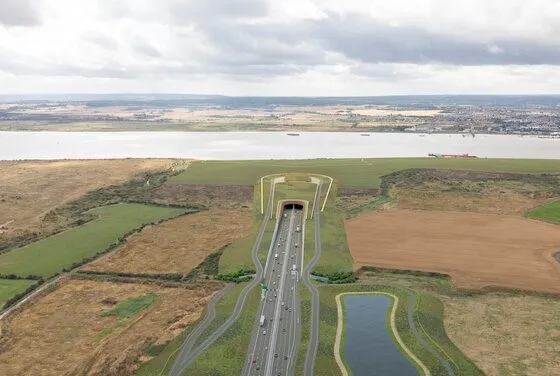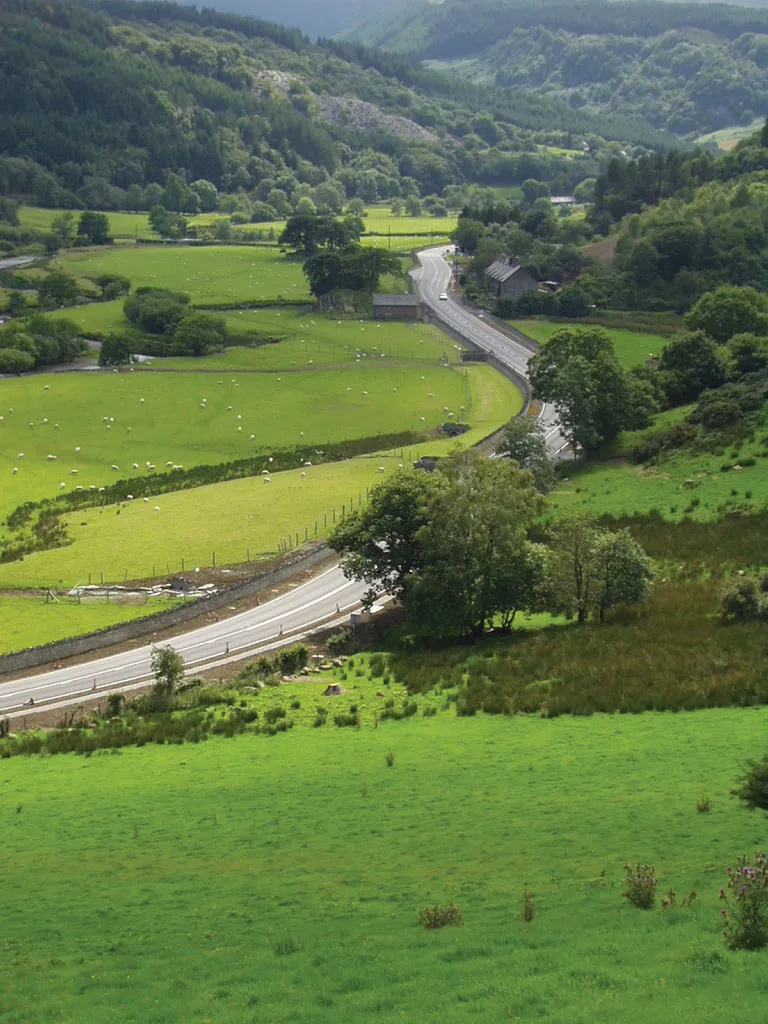
Highways England has opened tenders to build two linking roads as part of the €2.23 billion (£1.9 billion) Lower Thames Crossing project near London.
For more than 65 years the Dartford Crossing has been the only River Thames crossing between counties Kent and Essex. Highways England – the government agency responsible for England’s major roads and motorways - says that the ageing bridge and tunnel combination is designed for 135,000 vehicles a day. But it now often sees 180,000 a day which creates congestion at peak periods.
The agency says the planned Lower Thames Crossing will improve journeys by almost doubling road capacity across the river.
The two successful bidders will build 23km of road in total that will connect the longest road tunnel in the UK to the country’s strategic road network.
The €705 million (£600 million) Kent Roads two-stage design and build contract is a for the route from the A2/M2 corridor to 1km south of the southern tunnel entrance, including strategic utilities and environmental interfaces. Work includes 6km of road, including a multi-level junction to connect the A2 to the Lower Thames Crossing. Two so-called “Green Bridges” at Thong Lane & Brewers Road, will combine green spaces with walking, cycling and vehicle access and provide better connectivity for the landscape, ecology and habitats. Brewers Road will also cater for horse riders.
The €1.53 billion (£1.3 billion) Roads North of the Thames contract - also a two-stage design and build deal - will deliver the route from 1km north of the northern tunnel entrance to Junction 29 of the M25 motorway. New link roads are required to connect the route with the M25, A13 and A1089. The contract comprises 16km of road to take the route through the A13 and to join the M25 at Junction 29. Five green bridges are combine planned.
The successful bidders and their supply chains will help make the Lower Thames Crossing the most environmentally sustainable road project ever delivered in the UK, according to Highways England. The winners will support delivery of landscaping that will increase the biodiversity value of the area by 15% by planting over 260 hectares of woodland, converting 400 hectares of arable land into semi-natural habitats and creating new ponds, waterways, ditches and hedgerows. Seven green bridges will connect habitats and species either side of the new road.
The two roads contracts are the final of package of three main works packages to be procured for the scheme. Already awarded are the €2.35 billion (£2 billion) Tunnels and Approaches package and the €191 million (£162.5 million) Integration Partner contract awarded to Jacobs earlier in the year.
“Our challenge is to build the new crossing in a way that not only supports the next generation of low carbon vehicles, but minimises our footprint, and allows us to enhance the natural environment and leave a positive legacy for our neighbours and users,” said Matt Palmer, executive director of the Lower Thames Crossing project.







